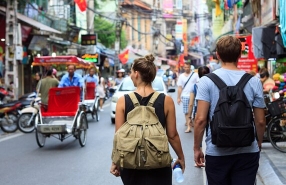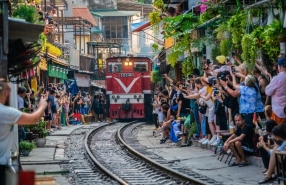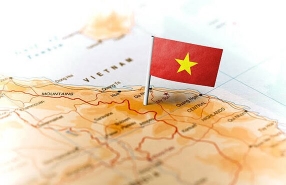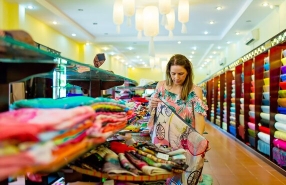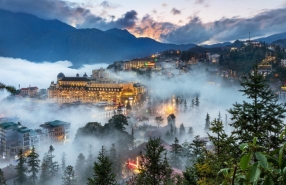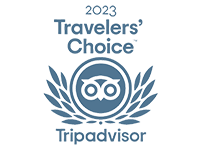Visit Can Cau Market Si Ma Cai During Your Trekking Tour In Sapa
Monday, June 03, 2024
Places to visit & things to do

If you have the chance to visit the Northwest of Vietnam, besides exploring the majestic landscapes, you can also discover many lively, colorful, and impressive highland markets. Among them, join Autour Asia to explore Can Cau Market Sapa, one of the few tourist spots that still retains its inherent wild charm and preserves the cultural beauty of the local ethnic groups. At the market, you will have the opportunity to experience numerous interesting activities and witness the daily life of the local people.
Table of Contents
1. Overview of Can Cau Market in Sapa
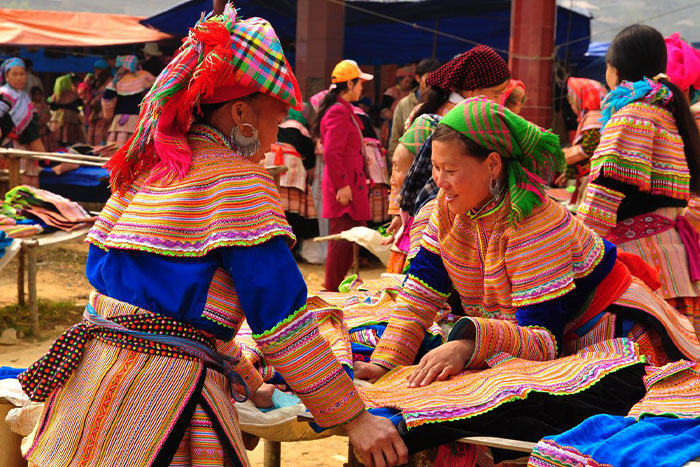
Can Cau (Cán Cấu) Market is a market for the H’Mông Hoa, Giáy, and Dao ethnic groups. It is typically held every Saturday or during various holidays throughout the year, running from early morning until late afternoon. As a long-standing tradition, every Saturday, the ethnic people from the highlands flock to the market with a myriad of diverse and unique goods. The market is located right on Route 153, connecting Bac Ha town to the Vietnam-China border area in Si Ma Cai district, Lao Cai province, Vietnam. Can Cau Market is one of the largest in the Si Ma Cai area, attracting traders from various ethnic groups, including the H’Mông, Hoa, Giáy, and Kinh people, making it a good site to visit during your Sapa trekking tour from Hanoi.
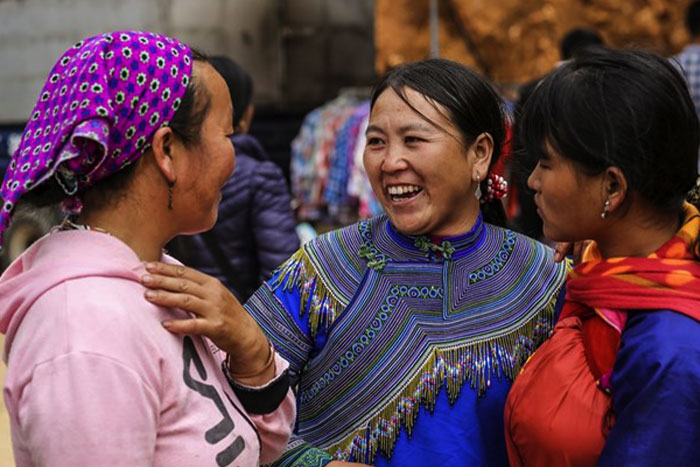
People come to Can Cau Market not just to trade goods; for many, it’s a routine social activity. Every Saturday, people from various villages gather at the market early in the morning. They come to socialize, meet friends from distant villages, inquire about each other's health, and share farming experiences. The lively chatter and laughter as people greet each other add to the market's vibrant atmosphere. The market is also a place for young couples to meet, express their feelings, and form relationships. Visiting the market in person reveals the bustling and culturally rich environment typical of a highland market.
No one knows exactly when and how Can Cau Market Sapa came into existence, but some believe it was established after the Sino-Vietnamese War (the brief border conflict between Vietnam and China in 1979). However, locals share a different view. Although not entirely sure, they say Can Cau Market has been around for a long time, emerging just a few years after Bac Ha Market. Initially, it was merely an open space, which some people decided to utilize for selling products. Gradually, more people began to gather there. Cattle breeders sold their buffaloes, tailors sold clothing products, and over time, it evolved into a bustling market. This is the Can Cau Market as we know it today. Thus, Can Cau Market has become an essential and distinctive feature of the ethnic minorities in Si Ma Cai.
2. How to Get to Can Cau Market?
If you are planning your trip independently, the closest and easiest way to get from Hanoi to Can Cau Market is by first traveling to Bac Ha town. From there, you can continue your journey to Can Cau Market.
2.1. Transportation from Hanoi to Bac Ha
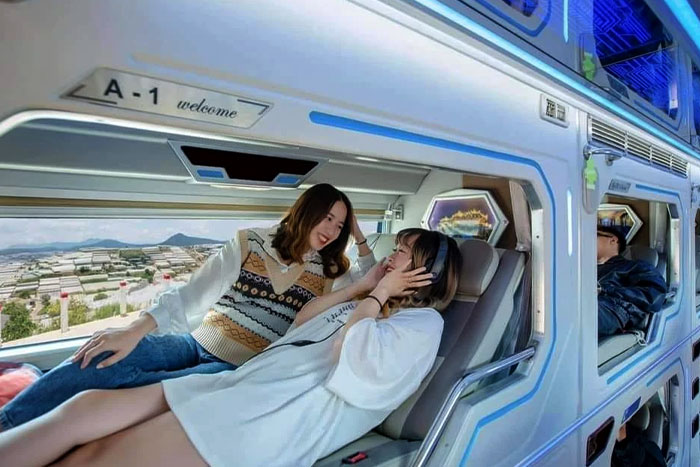
You have two options: traveling by train or by sleeper bus. If you are not accustomed to traveling by train, especially if it's your first time, sleeper buses from Hanoi to Sapa might be the better option. The journey is quite long, and you'll need to rest and sleep along the way. The distance from Hanoi to Bac Ha is nearly 300 km, taking approximately 7 hours by bus.
Alternatively, if you opt for the night train, you can book tickets from Hanoi Railway Station to Lao Cai Railway Station. From Lao Cai, you can then take a bus to Bac Ha, covering a distance of about 60 km.
Take a look at The best way to travel from Hanoi to Sapa
2.2. Trasportation from Bac Ha to Can Cau market
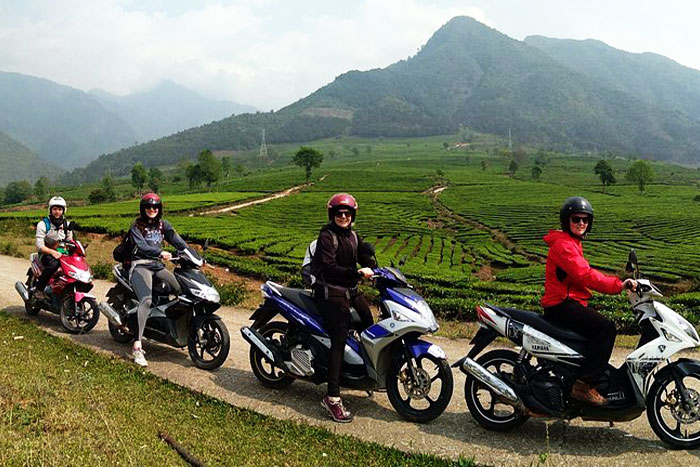
From Bac Ha, you will travel along Provincial Road DT153 to the north for about 19 km to reach Can Cau Market. The route is not too far and is relatively easy to navigate. You just need to follow DT153 straight, and you won't miss the market since it is located right next to the road.
3. Best Time to Visit Can Cau Market
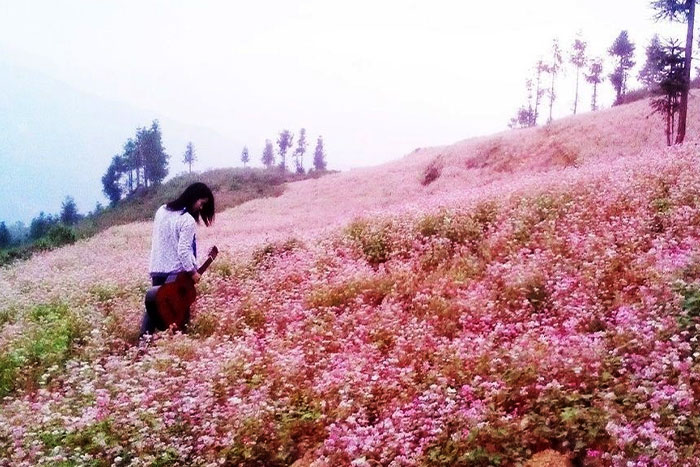
To make your visit to Can Cau Market Sapa truly meaningful and allow you to immerse yourself in the local ethnic culture while selecting unique souvenirs, timing is essential. From September to November is a best choice for your trip to Sapa. During this time, the weather in Sapa is stable, having passed the rainy season, and the climate is mild and cool. Autumn in this period is also perfect for viewing the blooming flowers in Sapa and experiencing life in other villages.
Moreover, this time coincides with the golden season of the terraced rice fields, as the rice ripens from late August to September, creating a stunning landscape of shimmering gold.
4. Experiential Activities at Can Cau Market
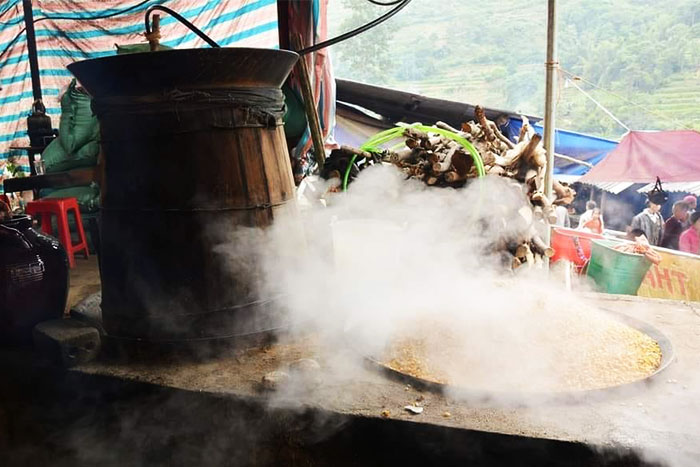
At 7 a.m., Can Cau Market is already bustling with people and vibrant colors. The market space is divided into various sections: the brocade section, the fruit and agricultural products section, the tools and livestock section for production, the traditional medicine and herbs section, the alcohol section, the food section, and the specialized buffalo trading section where highland people gather to exchange and trade. Each area has its own unique characteristics, with the food section being the most lively and bustling. Each stall offers simple dishes like "thắng cố," pho, and porridge, with some stalls only selling boiled pork with corn wine. Groups of men gather around steaming pots of "thắng cố," raising and lowering bowls of corn wine amid lively conversations and laughter. Visiting Can Cau Market is an experience that immerses you in the local way of life:
4.1. Wandering through the Colorful Brocade Section
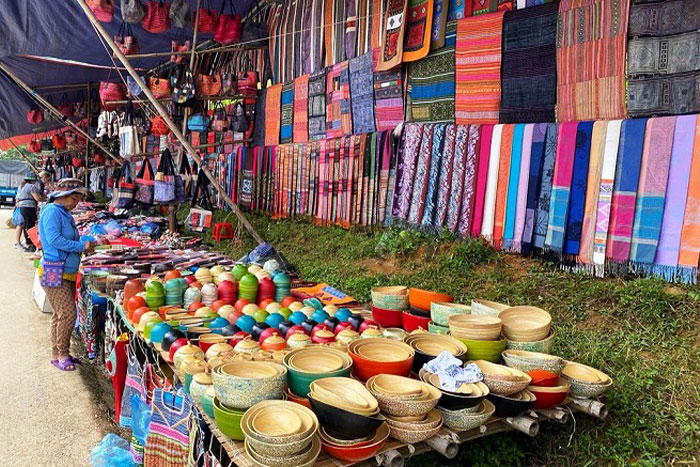
What to visit in Sapa during your trip ? The vibrant stalls are sure to catch your eye when you visit the market. Don’t hesitate to admire the beauty of handwoven brocade fabrics, unique in both material and color combinations, reflecting the highland ethnic identity. The brocade items here always attract the attention of women because of their beauty and vivid colors. Traditional clothing and brocade fabrics create a distinctive feature of the market. You can marvel at the exquisite brocade skirts and blouses of Hmong girls, which spread out like giant floral butterflies. You can also find intricately woven brocade bags crafted by the skillful hands of local girls. In addition to clothing, there are colorful embroidery threads and a variety of accessories, such as beaded ornaments used to decorate the traditional attire.
4.2. Exploring the Buffalo Market
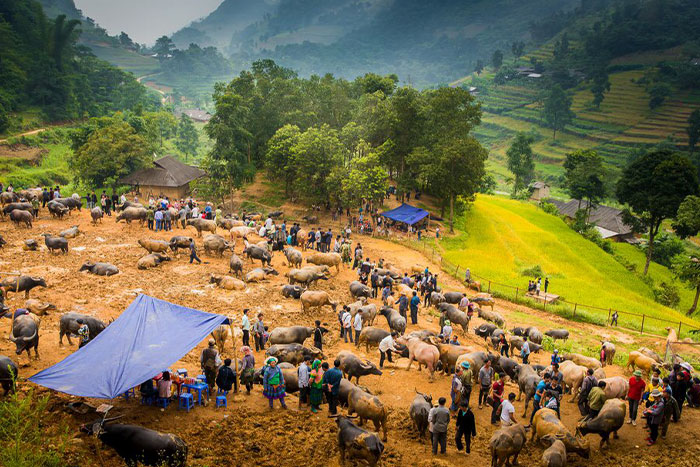
About fifty meters from the main Can Cau Market Sapa is the buffalo market. Highland people often use livestock for farming, which makes this market very popular. Some even jokingly call it a "buffalo exchange," as each market day sees hundreds of buffaloes from highland villages like Bac Ha, Si Ma Cai, and Muong Khuong, and even from Sin Man district (Ha Giang) and other areas, brought here for trading. The sturdy, muscular buffaloes fill the wide market area.
Notably, some buffalo owners are not too concerned about selling their buffaloes. If they get a good price, they sell; if not, they don’t mind. They see it as an opportunity to showcase their family’s buffalo herd. Many families often bring about ten buffaloes to the market for "exhibition" and then take them back home at the end of the day. The clattering sound of buffalo hooves on the road, combined with the jingling of bells around their necks, creates a unique highland symphony.
4.3. Enjoying Ethnic Cuisine at Can Cau Market in Sapa
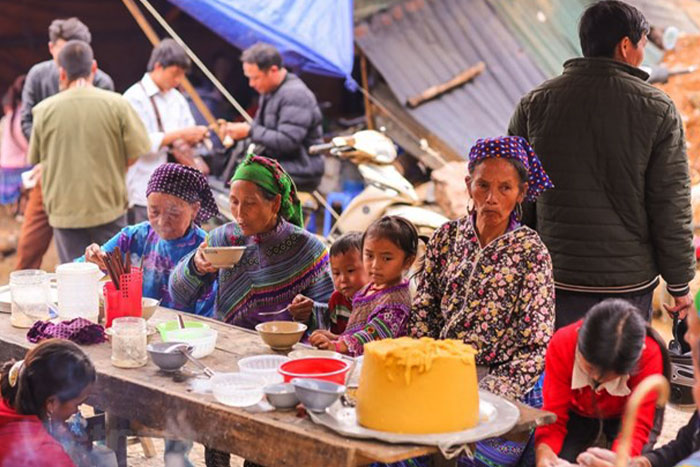
What to eat at Sapa ? Among the various aspects reflecting the diverse lifestyles of Vietnam’s ethnic groups, the cuisine at Can Cau Market is something you shouldn't miss after traveling a long way to get here.
The food section at Can Cau Market, a favorite gathering spot for locals, serves traditional dishes like pho, bun, sticky rice, corn cakes, and "thắng cố," which is perhaps the main dish that embodies the culinary style of the Hmong and Giay people. "Thắng cố" is a soup made from the organs of livestock such as horses, pigs, and cows. Those who have tried this unique dish will never forget its flavor, so don’t hesitate to try it at least once when you visit.
5. Helpful tips
- Can Cau Market only opens from early morning until late afternoon, so remember to check your itinerary before heading out to avoid being late for the market.
- Bring appropriate clothing according to the season because Can Cau Market is located in a highland area where temperatures can be higher or lower than normal.
- If you're not traveling with a tour, ask for guidance when you arrive in Lao Cai province to avoid getting lost on the winding mountain roads or being confused by the ethnic languages commonly used by the local people.
Can Cau Market Sapa is becoming increasingly popular, impressing visitors with its simple yet rustic beauty, sincere and genuine charm of the local people. If you have the opportunity to visit, you will experience a very different perspective. Besides the glamorous Sapa, there are still many places around with pristine beauty waiting for you to explore and discover. To ensure a satisfying experience far beyond your expectations, please contact Autour Asia, TRAVEL AGENTS IN VIETNAM now.
Take a look at:
> Sapa trekking tour from Hanoi
> Sapa Travel Guide
> Sapa hiking tours
> Hanoi Sapa Itinerary
> Sapa trekking tour from Hanoi
> Sapa Travel Guide
> Sapa hiking tours
> Hanoi Sapa Itinerary
Related travel guide
Other similar articles
CUSTOMIZABLE BY LOCAL EXPERTS
Personalized trip at the original price!
REFUND GUARANTEE
We believe in our work and promise to give you money back.
GOOD PRICE / QUALITY
95% satisfied more than expected!
24/7 LOCAL SUPPORT
We are always available online to provide assistance at any time.
Most read articles
Autour Asia is highly recommended on
Embracing the mission of "Satisfied more than expected" and providing authentic experiences, we have received numerous recommendations on reputable travel forums:













